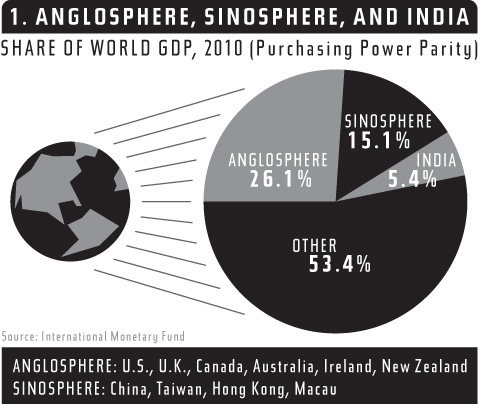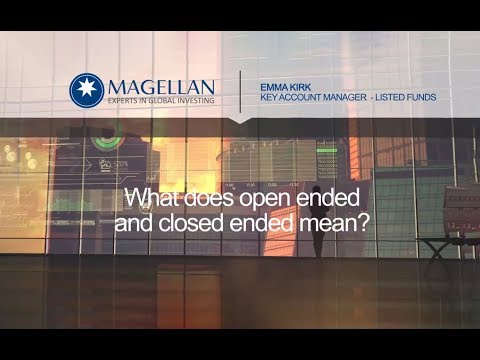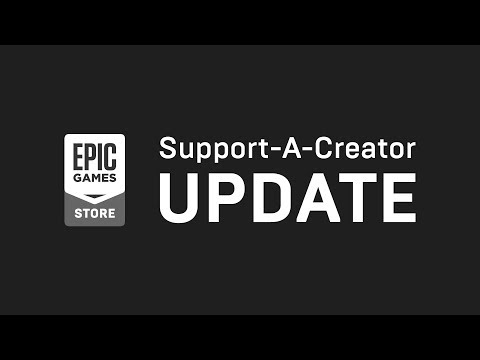Contents:


Both https://1investing.in/s have the same object to find out cost and profit. Whenever there is an abnormal loss, the loss is adjusted under the profit and loss account statement. The Realizable ValueRealizable value is the net consideration from sales proceeds of any assets in the normal course of business after deduction of incidental expenses.
What Are Direct Costs? Definition, Examples, and Types – Investopedia
What Are Direct Costs? Definition, Examples, and Types.
Posted: Sat, 25 Mar 2017 20:29:05 GMT [source]
If the work is performed directly on a job, the employee would record the job number, indicating the labour as direct labour. The cost accounting department collects all the labour time tickets, records the pay rate of the employee on the ticket and calculate the labour cost of the operation. Control of costs, by comparing actual costs with estimated costs, is also one of the objectives of job costing.
Cost Calculation
Factory overheads are 80% of wages, office overheads are 25% of factory cost and selling and distribution overheads are 10% of the cost of production. Here, the overhead cost is accumulated in the cost pools and then costs are allocated to jobs. On completion of the job order, the cost of the entire job is shifted from work-in-progress inventory to finished goods inventory. It is practical to maintain a separate record of each lot from the time production is begun until it is completed.
- In contrast, when overhead is overapplied, manufacturing overhead costs have been overstated and therefore inventories and/or expenses need to be adjusted downward.
- This means that the company uses labor hours or machine hours (i.e., the primary cost driver) to reasonably estimate manufacturing overhead costs.
- If this loophole can be fixed, then job costing will become very efficient for all organizations.
- These will vary from industry to industry and firm to firm, however certain cost categories will typically be included , such as direct costs, indirect costs, variable costs, fixed costs, and operating costs.
- Contracts are undertaken by both private and public companies.
This insights and his love for researching SaaS products enables him to provide in-depth, fact-based software reviews to enable software buyers make better decisions. Job order costing is used by companies that are required to produce unique, customized outputs every single time. Process costing, on the other hand, is used in situations where all the products being manufactured are similar. Job costing depends on the type of work that is doing, rather than applying to any kind of job. This way the result suited to the customer’s needs and choices.
Job Costing vs. Process Costing
Job Costing is the process of determining the labor and materials cost for each job in a systematic way, and then using this information to create a quote for the customer. Job costing or cost accounting can be used in virtually any industry to ensure that the product pricing covers actual costs, overhead and provides a profit. The purpose of any business is to make money, and job costing is the most effective way to ensure that occurs. In a job costing system, costs may be accumulated either by job or by batch.
It’s commonly used in manufacturing industries when making lots of like goods, such as consumer products, chemicals and component parts for appliances and other items. Process costing usually examines all costs related to how many units are produced. The period of completion for a contract spans over a long time, or usually for more than one year; the work is completed in stages. The construction work occurs in a place according to the choice of the customer, called as a ‘site’. In contract costing, most of the costs are direct in nature in the form of direct materials, direct labor and subcontract charges.
What is Hire Purchase? Features, Advantages, Disadvantages
Most debits and creditses create annual budgets that include estimated overhead and estimated activity for the year. You can use these budget estimates to calculate an overhead rate to apply to each of your jobs. If necessary, cost per unit or average cost may be computed by dividing the total cost of the batch by the number of units in the batch.
FACT SHEET: The American Jobs Plan – The White House
FACT SHEET: The American Jobs Plan.
Posted: Wed, 31 Mar 2021 07:00:00 GMT [source]
This method is suitable for industries like Engineering, Toy-making, etc. Further, contracts differ from jobs in the sense that the contract is usually carried out outside the factory whereas a job is manufactured internally in the company itself. However, Contract Costing which is also known as – Terminal Costing aims at collecting, accumulating and ascertaining the cost of each contract separately. This method of Costing is used in constructional type of industries such as -Buildings, Dams, Roads, Bridges, etc. This method of costing is applicable where standardised goods or services result from a sequence of continuous operations.
So, for example, you could distinguish between expenses for certain marketing or sales campaigns. Job costing looks at each element involved in a specific project so you can track profitability of each one. This gives management time to either get costs under control over the remainder of the project, or possibly to approach the customer about a billing increase to cover some or all of the cost overrun. This, in turn, helps managers to determine the profit earned from individual jobs and makes it easier for them to make decisions on whether specific jobs should be pursued in future or not.
This Costing method is suitable to the industries like Printing, Shipbuilding, Machine Tools, Repair Shops, Job Foundries, Locomotives, etc. The other methods of Costing which are based on the principles of Job Costing are Contract Costing and Batch Costing. It is possible to prepare a job account and debit the same with all expenses incurred on the job and credit the same with the price of the job. It should be kept in mind that for convenience in collection of costs, all the basic documents will contain cross reference to respective production order numbers. V. Spoilage and defective work can be identified with a specific job and responsibility for the same can be fixed on individuals easily.

Additionally, in the future, the construction company can better quote and plan for similar projects armed with specific, real-world examples. By analyzing how successfully you manage estimates, you can better price jobs in the future. Since job order costing relies on previous jobs to make cost estimates for overhead costs, a mistake made on one job will be carried on to the next job, resulting in inaccurate projections on multiple jobs. To make it easier to calculate total cost, the indirect costs are given as an estimate based on previous jobs that were similar to the current job. The exact costs can then be adjusted after the job has been done. One of the methods used to keep track of product costs is job order costing.
However, job costing can also result in information overload since the company has to keep track of all the usage of cost components such as materials and labor due to no standardization. Since all costs for individual jobs has to be calculated from scratch, job costing is expensive and time-consuming. For overall management decisions, these individual job information is of limited use.
The difference between allocated overhead costs derived from the standard costing method is subtracted from the actual cost incurred for the job. The variance from the above is dealt as given in the notes below. Using job costing, the cost of each job is ascertained separately. This, in turn, helps in finding out the profit or loss on each job. Any business that tailors its services to its customers instead of offering standardized products can benefit from job costing. This includes both direct material costs and indirect material costs (materials that are required to finish the job but aren’t part of the final product).
The clock card only records the total time worked by each employee. The cost accountant estimate the cost of job after considering the various elements of cost and keeping in mind the specification of customer. This is based on the cost of execution of similar job in the previous year and considering the possible changes in the various elements of the cost. The estimated cost of the job is then informed to the prospective customer. Another objective of job costing is to find out those jobs which are more profitable and those which are not profitable or less profitable.

There is no attempt to allocate the variance to more than one account. This will inform the number of canvas sheets needed, how much time you need to print that number of banners, the amount of ink required, and the number of employees who will be involved in this job. When you know the value of these costs, it becomes possible to factor them when setting your prices. Hence, it helps the manufacturers to focus on the strongest link to produce more and more profits while giving expert care to the weakest links, so as not to provide any unwanted losses.
This is most common in cost-reimbursement situations where the customer has contractually agreed to reimburse a company for all costs charged to a specific job. Consequently, a job costing system may contain a large number of specialized rules that are not broadly applicable to all jobs for which it is compiling information. Contract costing is referred to as a costing system applied where work is undertaken according to special requirements of customers in a location specified by the customer. Contracts are undertaken by both private and public companies. Similar to job costing, costs and revenues are recorded separately and each contract is identified by a unique contract number. As a result, it becomes convenient for companies to calculate profit from each contract.
The Cost of Hiring a New Employee – Investopedia
The Cost of Hiring a New Employee.
Posted: Tue, 28 Mar 2017 02:05:33 GMT [source]
Material costs can include both direct raw materials that appear in a finished product and the indirect materials used to create the product, like equipment. Companies must carefully account for and plan around each of these elements to deliver their projects successfully and on time. Job costing is commonly used in the construction industry, where costs vary widely from job to job. But it’s also used by manufacturers, creative agencies, law firms and more.
